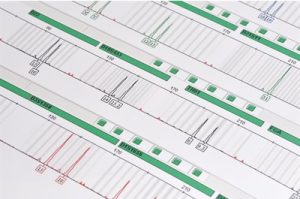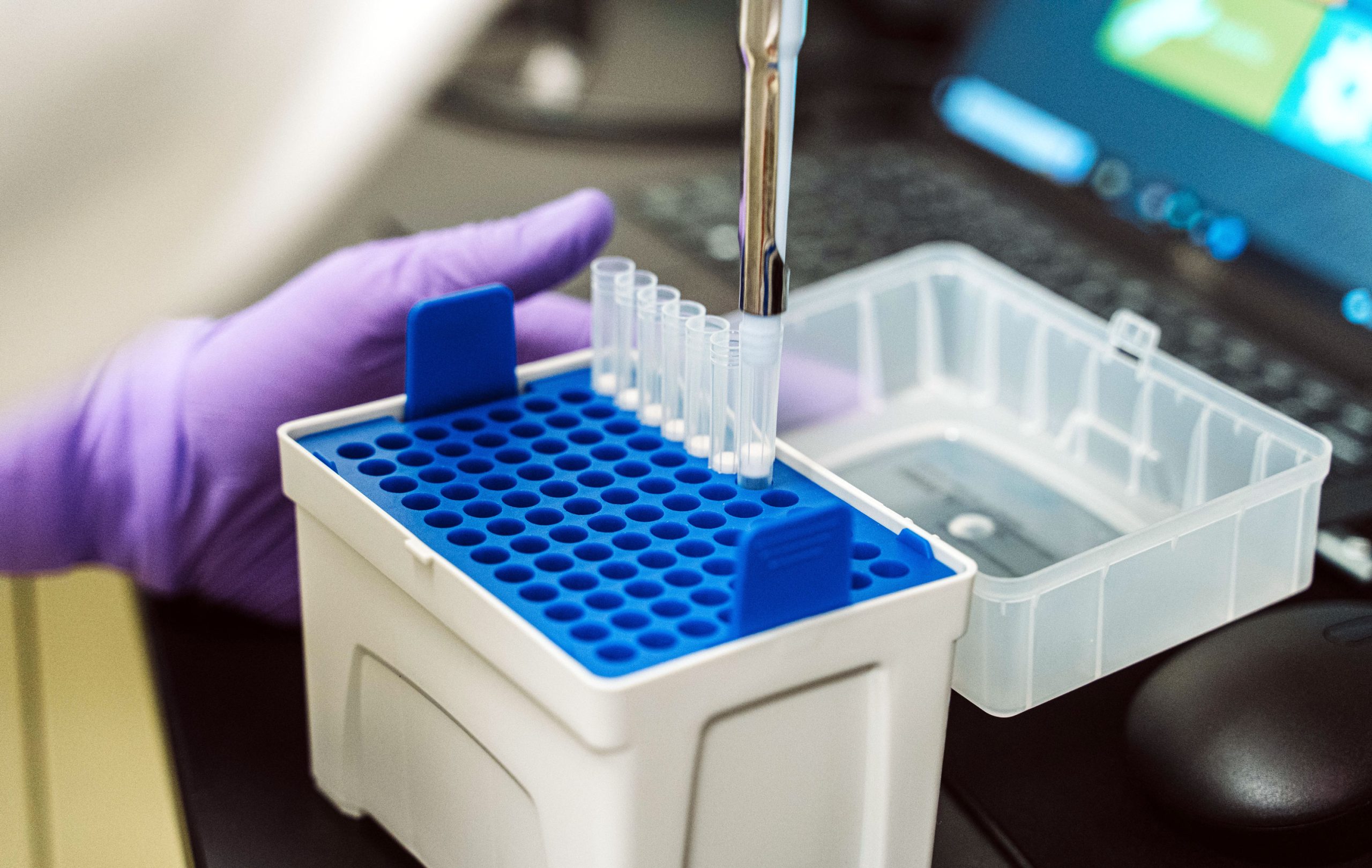 WHAT IS SHORT TANDEM REPEAT (STR)
WHAT IS SHORT TANDEM REPEAT (STR)
Short Tandem Repeats (STRs) are 2 to 6 base pair DNA sequences that are scattered throughout the genome. These short sequences can be repeated multiple times and the number of these repeats is highly variable between individuals. This high variability allows for the identification of different samples from one another. Using this, we can identify different cell lines by their unique STR profiles.
Cell line misidentification, contamination, or poor annotation affects scientific reproducibility and can invalidate your research results. Recently, the NIH increased their standards for grant applications requiring authentication of cell lines used for research. Alongside this, a wide variety of journals have also made it mandatory to provide cell line identity verification as well. WiCell’s STR profiling provides highly reliable detection of cell lines that have been misidentified, cross-contaminated, or have genetically drifted so you can be confident in the material you’re using for your research.
WiCell’s STR profiling is an affordable and easy-to-use method to authenticate the cell lines you use for research. We can help you establish or verify an STR profile using the Promega PowerPlex 16HS system. This highly sensitive system detects 15 different loci plus 1 sex determination marker (amelogenin) and can detect contamination of other cell lines as low as 2-5%. We generate highly reliable data which is reviewed by multiple trained technicians prior to reporting. We also will match your samples back to any other cell lines from your institution that WiCell has previously tested, ensuring that any mislabeling event is caught as early as possible.
We accept live culture or frozen cell pellet sample submissions.
What It Detects
- STR polymorphisms for 15 loci plus amelogenin (Promega PowerPlex® 16)
- Probability of matching identity to an existing STR profile
- Cell-line cross contamination to 2-5%
What It Doesn’t Detect
- STR polymorphisms in areas other than those represented in Promega PowerPlex® 16
- Cell-line cross contamination to <2%
When To Use
- To monitor identity of a cell line
- To confirm relationship of iPS cells to their parent line
- To establish an STR profile of a newly derived or reprogrammed cell line
- To rule out culture cross-contamination
Interpreting Your Results
When testing is completed, you’ll be provided with an STR Analysis Report. Please see our sample STR Analysis Report for help interpreting your results. Additional information is provided on our Glossary of STR Report Terms page.
cGMP Short Tandem Repeats (STR) Testing
WiCell also offers cGMP compliant STR testing. If you are interested in this service, you can learn more on our cGMP Short Tandem Repeats (STR) page.
